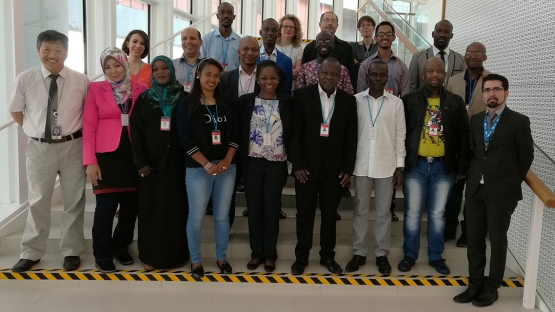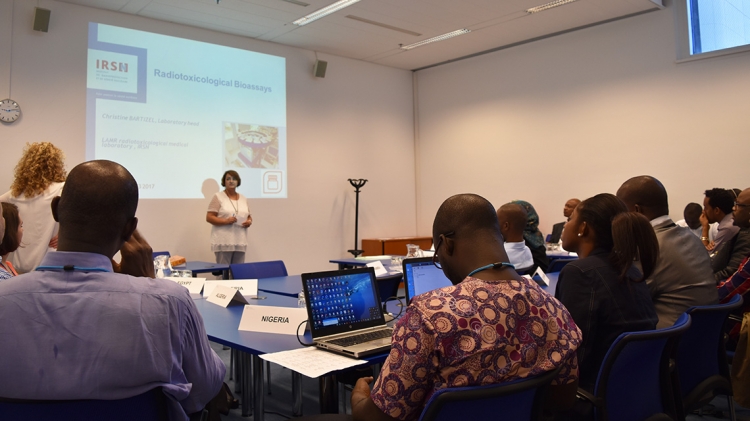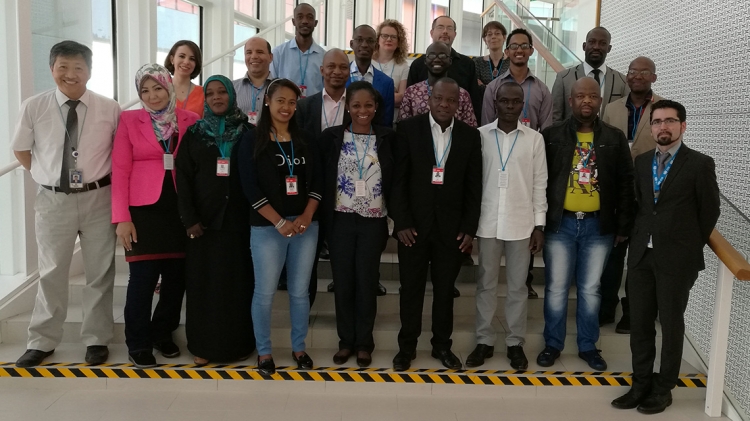Over 20 participants from the Africa region have attended a regional training course on Individual Monitoring for Internal Radiation Sources (IMIRS) in Vienna from 10 to 14 July. The course was organized under an IAEA technical cooperation project[1] designed to strengthen capabilities for the protection of health and the safety of radiation workers occupationally exposed to ionizing radiation.
Occupational exposure to ionizing radiation can occur in a range of industries, in mining and milling, in medical institutions, in educational and research establishments and in nuclear fuel cycle facilities.
According to the latest Report of the United Nations Scientific Committee on the Effects of Atomic Radiation (UNSCEAR), an estimated 11 million workers worldwide are monitored for exposure to ionizing radiation[2]. The IAEA, in collaboration with other international organizations such as the International Labour Organization (ILO), OECD Nuclear Energy Agency (OECD/NEA) and the World Health Organization (WHO), works to establish a system of radiation protection, of which provisions for occupational exposure form a substantial component.
The course provided training in the assessment of occupational exposure due to intake of radionuclides for individual monitoring laboratories, and focused on enhancing capabilities for individual monitoring for occupational radiation protection. Ms Veroniaina Raharimboangy, from the Dosimetry and Radiation Protection of the National Institute of Nuclear Science and Technology (INSTN), Madagascar, was one of the participants. “This training course was very useful in building capacity in external and internal dosimetry, both on the regional and national levels, with clear positive impact on socioeconomic development,” she said.
This training course was very useful in building capacity in external and internal dosimetry, both on the regional and national levels, with clear positive impact on socioeconomic development.






